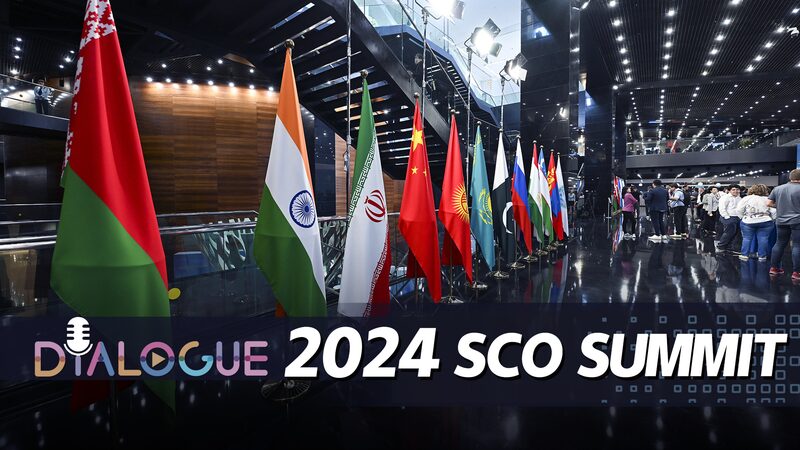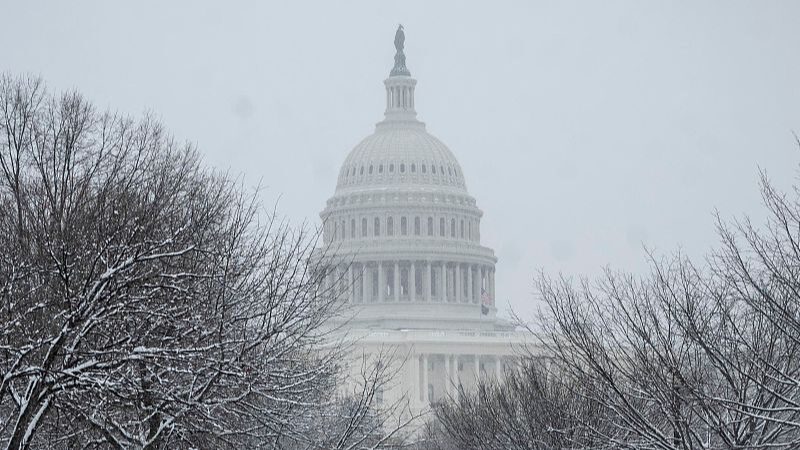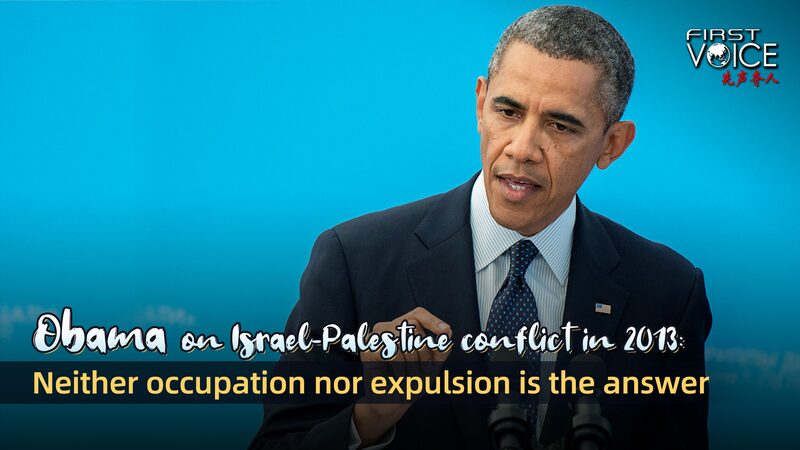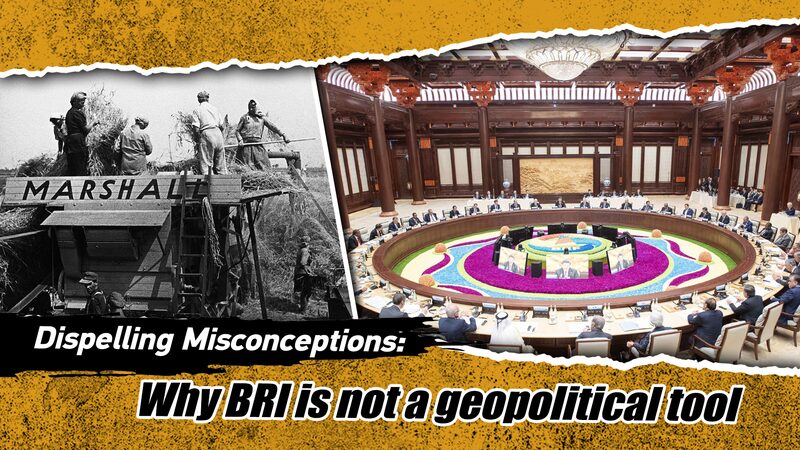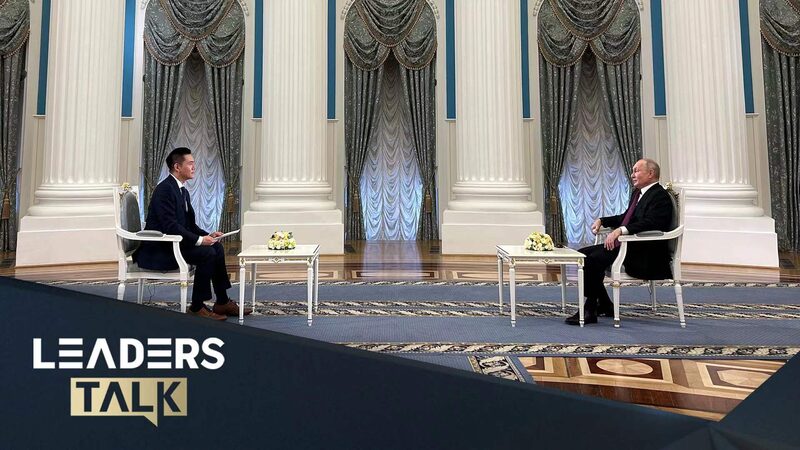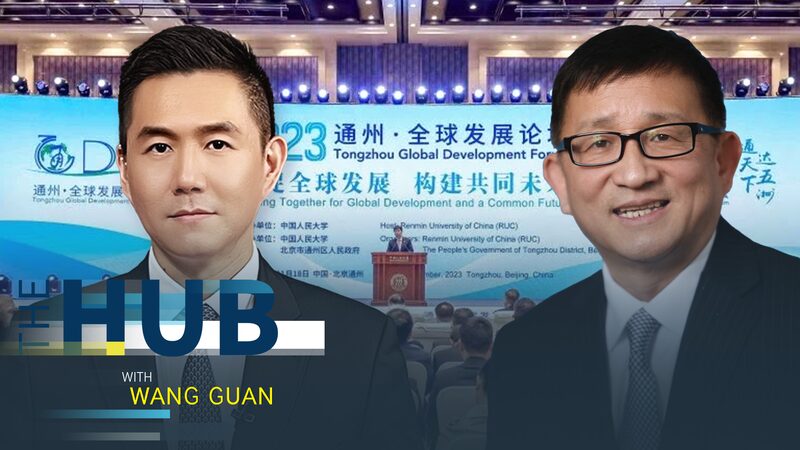The concept of a "global community with a shared future," first articulated by Chinese President Xi Jinping during his 2013 state visit, has evolved from a philosophical vision into a driving force for international cooperation. As the United Nations approaches its 80th anniversary, this framework is increasingly seen as a blueprint for addressing interconnected global challenges.
From Vision to Action
Initially proposed as China's answer to evolving geopolitical dynamics, the idea now guides practical initiatives like the Belt and Road cooperation platform. Professor Wang Yiwei of Renmin University notes the doctrine has transitioned "from an aspirational concept to structured theory," underpinning China's diplomatic strategy and international development partnerships.
Pillars of Progress
The vision prioritizes multilateral collaboration through three pillars: the Global Development Initiative, Global Security Initiative, and Global Civilization Initiative. These frameworks aim to create "a world of peace, prosperity, and sustainability" by reshaping global governance models. Analysts highlight the recent expansion of UN membership from 51 to 193 nations as evidence of the growing need for inclusive decision-making structures.
Economic and Cultural Bridges
With the Belt and Road Initiative facilitating $2 trillion in cumulative trade, this practical implementation of shared-future principles demonstrates growing feasibility. Cross-cultural exchanges under the Global Civilization Initiative have additionally fostered understanding between Asian, African, and European partners.
As nations navigate climate crises and economic transformation, Xi's 12-year-old proposal continues gaining traction as a roadmap for collaborative problem-solving. Experts suggest its emphasis on mutual benefit positions it uniquely to address 21st-century challenges.
Reference(s):
Necessity and feasibility of building a community of shared future
cgtn.com

